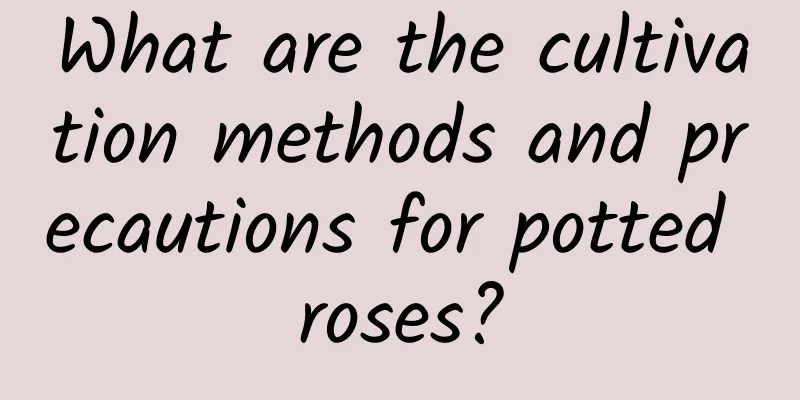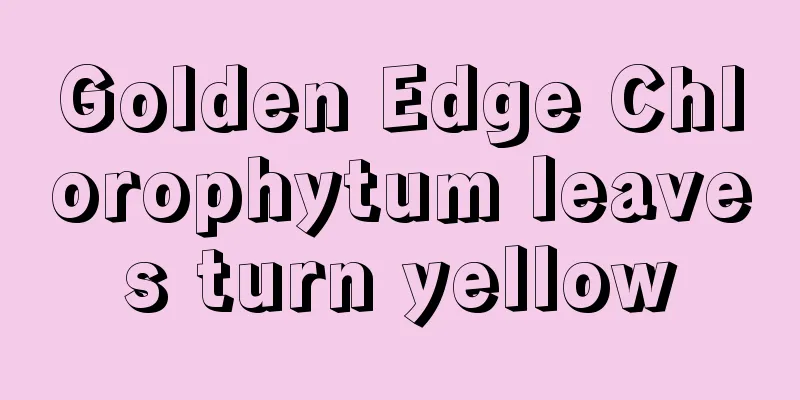Cultivation methods and precautions of the dwarf dwarf tree

How to cultivate the dwarf dwarf treeSoil selectionThe young leaves of the Aglaonema are colorful, including red, pink, light green, light yellow, and orange-yellow. When planting in a small courtyard, it is advisable to choose high terrain, good drainage, fertile, humus-rich acidic sandy loam, with a plant spacing of 2m to 3m. Potted plants can be made with garden soil, sand and manure in a ratio of 6:2:2. Temperature and lightTemperature: The jasmine tree is relatively cold-resistant, but is afraid of high temperatures and strong sunlight. Its growth temperature is 10℃ ~ 15℃. The cold-resistant species can withstand 15℃, and the general species can withstand 5℃. Light: The jasmine plant prefers semi-shady environment and can be maintained in half-day light. When the summer is extremely hot, it is necessary to provide appropriate shade, on the one hand to prevent the leaves from being burned, and on the other hand to prevent diseases caused by the extreme heat. Water and fertilizer managementWatering: The jasmine plant likes a warm and humid environment. The soil should be kept moist during the growing period, but avoid waterlogging. Fertilization: Apply Huiyou 21-7-7 acidic fertilizer once a month. In winter, dig trenches around the crown and apply fertilizer, then cover with a layer of bark chips to keep the tree warm over the winter. Reproduction methodSeed propagation: Sow in pots in spring and autumn. The suitable temperature for germination is 13℃ ~ 18℃. It will germinate 30 to 40 days after sowing. Cutting propagation: Use soft branches for cuttings in early summer and half-mature branches for cuttings in late summer. The spike length is 8cm to 10cm. Keep the room temperature at 20℃ to 24℃. It will take 25 to 30 days for roots to grow after cutting. Treating the base with 5g/L indolebutyric acid for 2 to 3 seconds can promote rooting. Things to note when raising the drupewood treeThe dwarf tree is poisonousThe stems and leaves are poisonous. If ingested by humans or animals, it can cause coma, breathing difficulties, and movement disorders. If you have pets at home, you should find ways to separate the animals and plants. If swallowed, seek medical attention immediately. Common diseases and pests of the scutellaria baicalensisProvide appropriate shade when the sun is strong in summer. If the indoor ventilation is poor, it is easy to get leaf spot and dieback disease. You can use 500 times of 65% Mancozeb for prevention and control. If scale insects and red spiders occur, you can use 2000 times of omethoate for prevention and control. |
<<: Cultivation methods and precautions of star flower
>>: Introduction of summer pansy varieties
Recommend
What is the probability of the lucky tree blooming?
1. What is the probability of the lucky tree bloo...
Winter jujube planting and cultivation technology Winter jujube planting and management technology points
Site selection and park construction When buildin...
How to fertilize wood fragrance flowers
Fertilization method of wood fragrance flower: In...
Five methods and techniques for germinating strawberry seeds (how to plant them specifically)
Five methods for germinating strawberry seeds 1. ...
When is the best time to plant spinach?
Spinach is a commonly consumed green vegetable in...
How to propagate coral
Reproduction method As such a versatile plant, le...
How to sow purchased lettuce seeds
Basic information on sowing lettuce Lettuce is a ...
Peony efficacy and function
The efficacy of peony Peony can regulate metaboli...
How to maintain and pay attention to the photinia bonsai
Feng Shui meaning of Chinese photinia bonsai The ...
How to grow hydroponic copper coin grass in winter
1. Suitable temperature The biggest problem for g...
How to change the pot and soil of azalea (do you need to remove the old soil when changing the soil of azalea)
Reduce root damage The roots of azalea are delica...
Can daffodils bloom in winter?
Can it bloom in winter? Here I want to tell you v...
How to grow purple sweet potatoes on the balcony
Three problems need to be solved before planting....
What are the methods and precautions for cultivating lover's tears
Growth habits of Lover's Tears Lover's Te...
Key points of high-yield cultivation technology of Chinese cabbage
Although cabbage is an easy-to-cultivate vegetabl...









